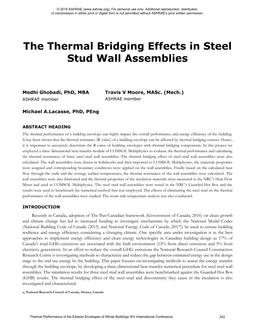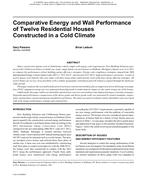Click here to purchase
The objective of this research is to evaluate the infection risk by the aerosol dispersion due to human cough in a medical examination room. The experiments were conducted in a full-scale test room simulated as a medical examination room. Two types of manikins were employed. One was a “Coughing Manikin,” which could simulate human cough airflow using carbon dioxide (CO2) as a tracer gas. The other was a “Thermal Manikin,” which was used as a medical doctor. The thermoregulation and the breathing operation of this manikin were controlled. Seventeen conditions were examined by varying the manikin positions, airflow patterns using a push-pull ventilation system (PPVS), and other conditions. For the evaluation of the infection risk, both CO2 concentration in Thermal Manikin’s breathing area and the capture efficiency of CO2 were used. The capture efficiency was defined as the ratio of the amount of PPVS-collected CO2 within two minutes to the total amount of CO2 that was exchanged by Coughing Manikin. It was concluded that the PPVS influenced the decrease in the infection risk depending on the CO2concentration and the capture efficiency. Further, it was revealed that the PPVS arrangement is an important concern.
Citation: IAQ Conference: IAQ 2010: Airborne Infection Control
Product Details
- Published:
- 2011
- Number of Pages:
- 10
- File Size:
- 1 file , 1000 KB
- Product Code(s):
- D-IAQ2010-C168-10


